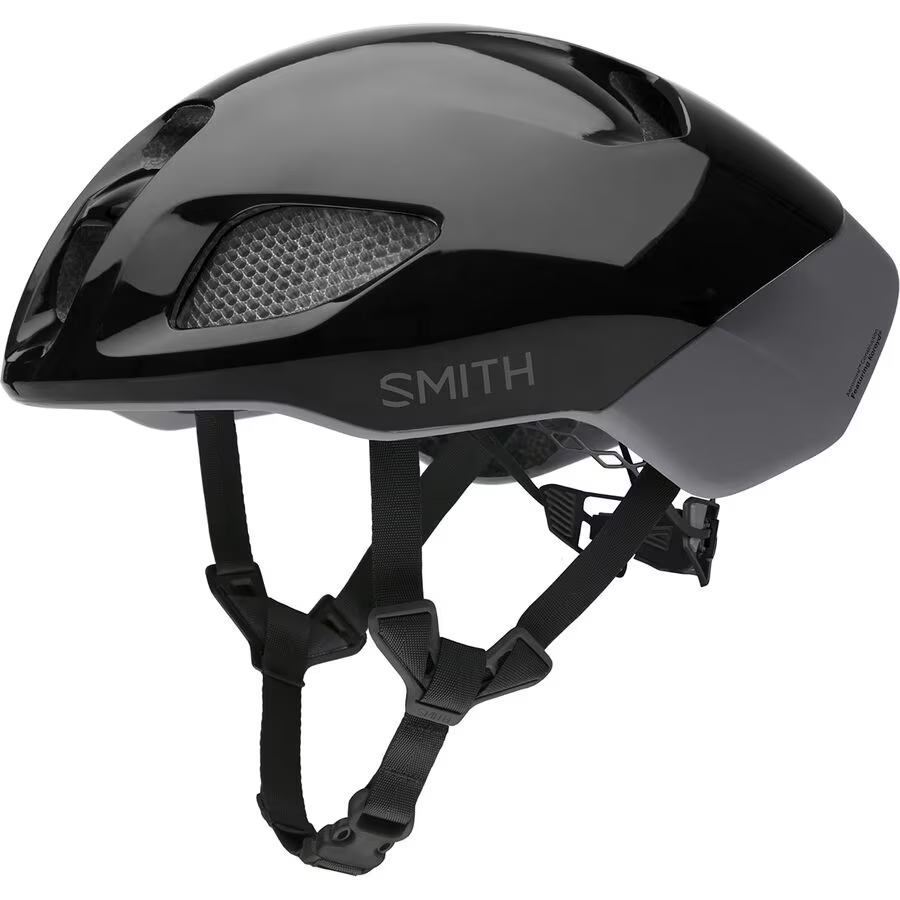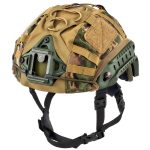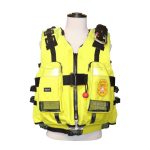Introduction to MIPS Technology
MIPS, or Multi-Directional Impact Protection System, represents a groundbreaking advancement in helmet safety technology. Developed in Sweden, MIPS aims to reduce rotational forces that can occur during an impact, thereby minimizing the risk of brain injuries. Traditional helmets are designed primarily to absorb a direct impact; however, MIPS helmets incorporate an additional layer that allows the helmet to move slightly upon impact. This innovative approach addresses the complexities of real-world accidents and highlights the importance of advanced safety features in modern helmets. In this article, we will explore the origins of MIPS technology, its design and functionality, the various types of MIPS helmets available, considerations for choosing one, proper care and maintenance, and the growing trend towards safety in sports.
Understanding the significance of MIPS helmets can help individuals make informed decisions about their safety gear and enhance their overall experience while cycling or partaking in other activities.
The Origins of MIPS Technology
Development and Research
MIPS technology was born out of a desire to improve helmet safety standards. Researchers identified that many head injuries resulted not only from direct impacts but also from rotational forces that could lead to concussions. In response, the MIPS team set out to develop a solution that would specifically combat these rotational forces.
In 2000, the initial design for MIPS was created. After extensive research and testing, the technology was refined, leading to the establishment of MIPS as a company in 2007. The primary goal was to create helmets that would protect against multi-directional impacts, addressing a significant gap in existing helmet technology.
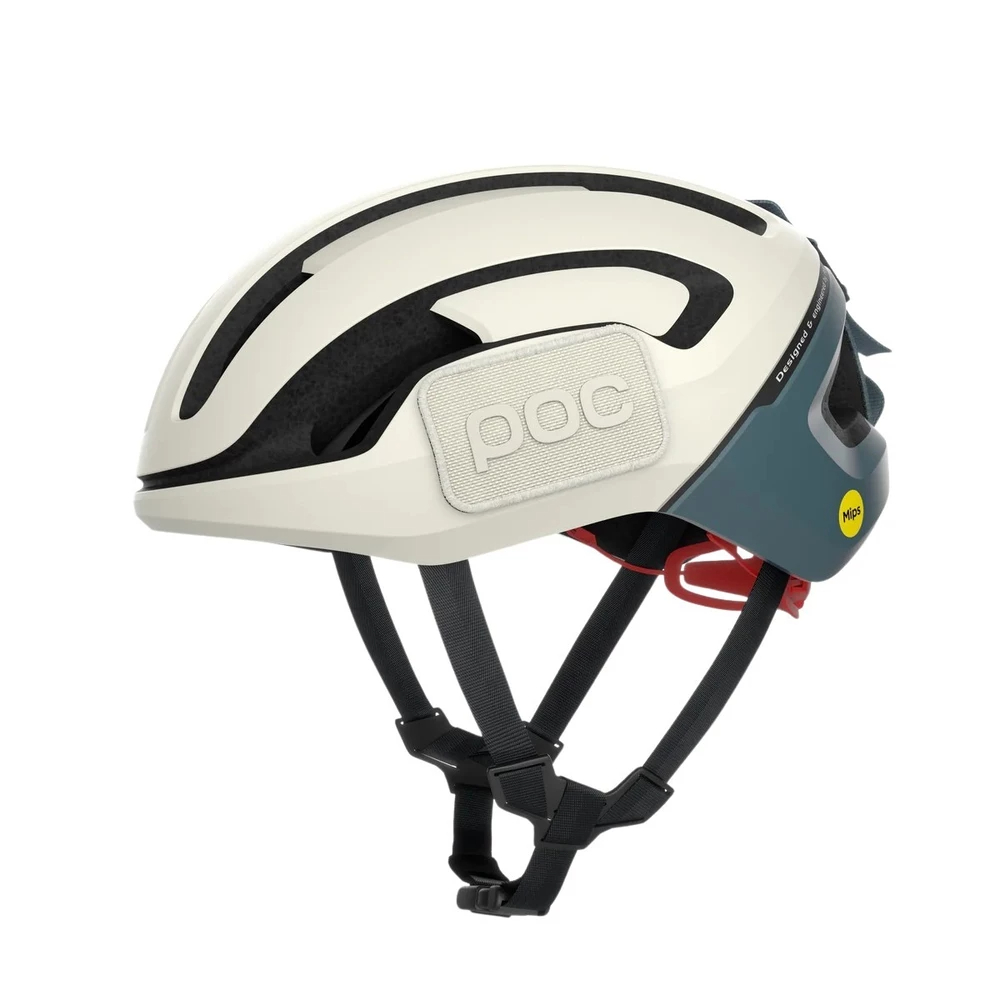
Adoption in the Helmet Industry
Following its inception, MIPS technology quickly attracted attention within the cycling and sports equipment industry. Many helmet manufacturers recognized the value of enhanced safety features and began incorporating MIPS into their designs. This collaboration between MIPS and various brands marked a turning point in helmet safety, paving the way for widespread adoption across sporting disciplines.
Today, numerous well-known brands integrate MIPS technology into their helmet options, demonstrating its importance and effectiveness. This collaboration has not only improved helmet safety standards but also educated consumers about the benefits of advanced protection technologies.
Design and Functionality of MIPS Helmets
Structural Components
A MIPS helmet features a unique construction that distinguishes it from traditional helmets. The key component is the low-friction layer inside the helmet, which allows the outer shell to rotate slightly upon impact. This added feature absorbs the energy from rotational forces, reducing the impact on the brain.
The outer shell of a MIPS helmet is typically made from durable materials such as polycarbonate or fiberglass, offering protection against direct impacts. The inner foam padding, often made from expanded polystyrene (EPS), is designed to absorb shock and provide comfort. The combination of these materials ensures that MIPS helmets offer robust protection without compromising on fit and comfort.
Enhanced Protection Mechanism
MIPS technology enhances traditional helmet designs by providing additional safety features. In a typical crash scenario, the head often moves in various directions, generating rotational forces. The MIPS layer allows for relative movement between the outer shell and the foam liner, dispersing rotational energies away from the brain.
This functionality is especially crucial in cycling accidents, where riders can experience falls at various angles. It gives MIPS helmets a significant edge by addressing potential injuries that standard helmets may overlook. MIPS technology enhances overall head protection, making it a vital addition for cyclists and athletes.
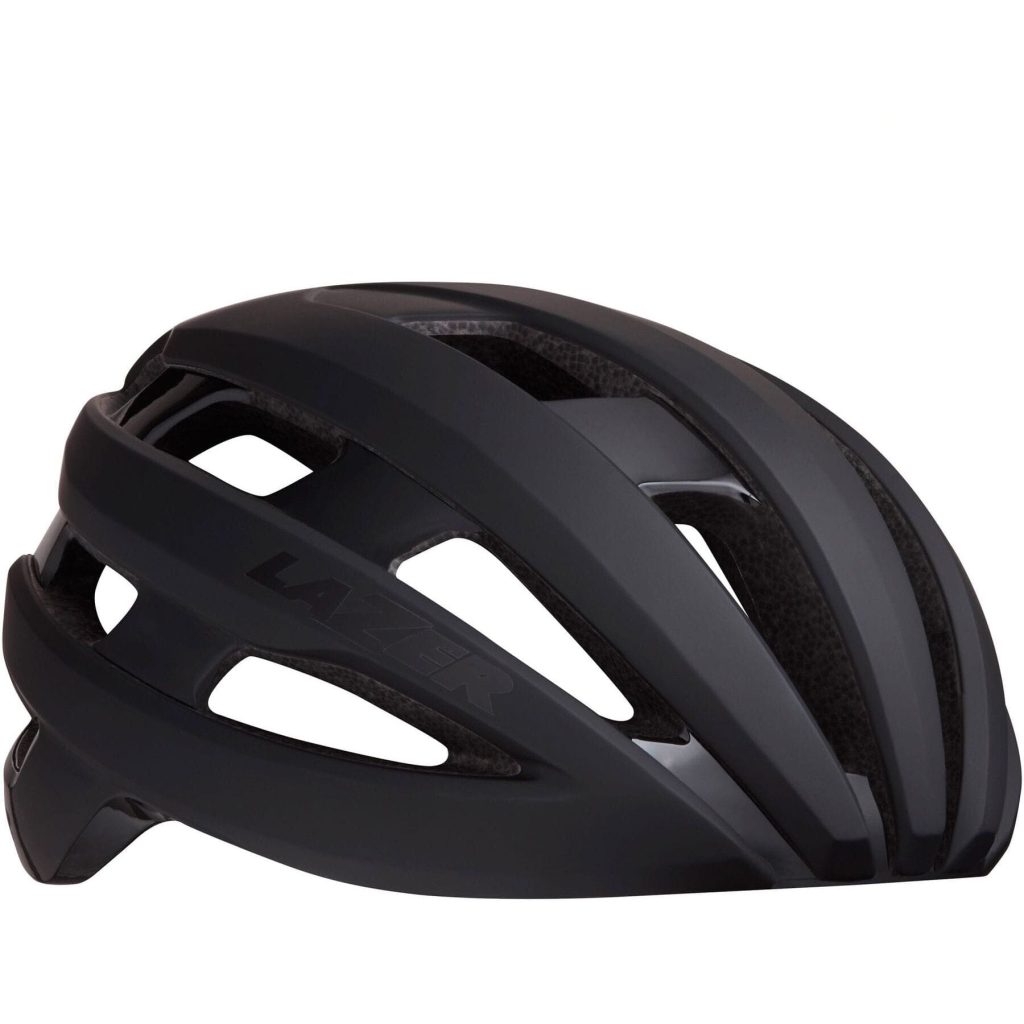
Types of MIPS Helmets Available
Cycling Helmets
Cycling helmets are among the most popular MIPS helmets on the market. Designed for road cycling, mountain biking, or commuting, these helmets come in various styles and features to meet the demands of different riders. MIPS cycling helmets prioritize lightweight designs for comfortable wear during long rides.
Many cycling brands offer customizable options, including ventilation systems to regulate temperature, adjustable fit systems for enhanced comfort, and visors for sun protection. The integration of MIPS technology enhances rider safety without compromising performance, making these helmets essential for cyclists.
Multi-Sport Helmets
MIPS technology has also been implemented in multi-sport helmets designed for activities such as skateboarding, snowboarding, and skiing. These helmets cater to the diverse range of movements and impacts associated with extreme sports. They offer valuable protection against falls, which are common in these activities.
Multi-sport MIPS helmets often blend style with functionality. Many designs include removable liners or adjustable venting systems for versatility while supporting safety and comfort. Athletes appreciate the versatility and enhanced impact protection that these helmets provide during recreational or competitive activities.
Considerations for Choosing a MIPS Helmet
Fit and Comfort
Selecting the right MIPS helmet goes beyond just safety features; fit and comfort are paramount. A helmet should fit snugly on the head without feeling overly tight. Most brands provide sizing charts to help buyers find the appropriate size based on head circumference.
Adjustable fit systems, such as dial mechanisms or padded chin straps, improve comfort and ensure a secure fit. Trying on multiple helmets to assess comfort levels is recommended, as different brands may have varied fit profiles. The importance of fit cannot be overstated, as it directly affects helmet performance during impacts.
Style and Purpose
When choosing a MIPS helmet, consider the type of activity and personal style preferences. Different helmets are tailored for specific purposes, whether cycling, skiing, or skateboarding. It’s essential to select a helmet that aligns with your primary activities to ensure optimal protection.
Moreover, aesthetic preferences should not be overlooked. Many brands offer MIPS helmets in various colors, designs, and graphics. Finding a helmet that you enjoy wearing can encourage consistent use, ultimately enhancing your safety while participating in outdoor activities.
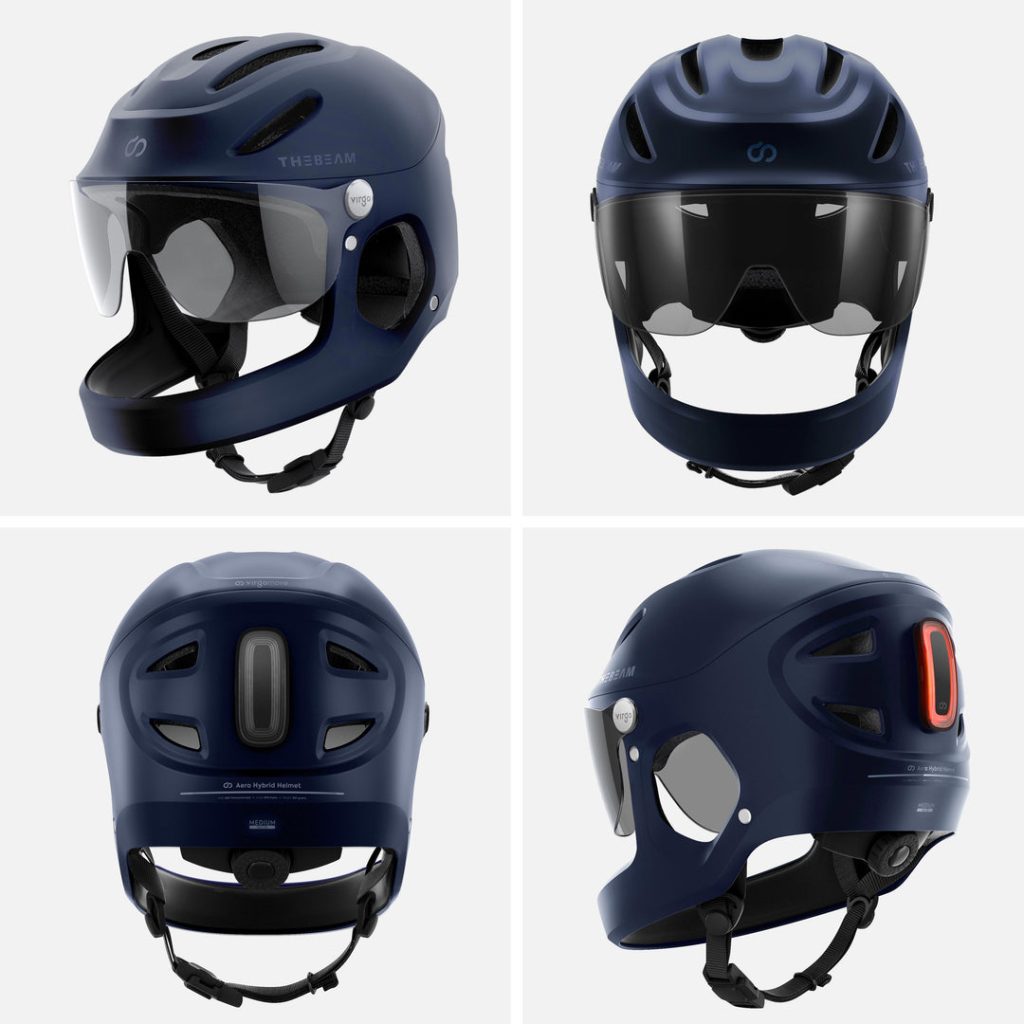
Care and Maintenance of MIPS Helmets
Cleaning Guidelines
Proper care and maintenance ensure the longevity and effectiveness of a MIPS helmet. Regular cleaning is essential, as sweat, dirt, and debris can accumulate over time. It is advisable to use mild soap and water to clean the helmet’s exterior and interior padding.
Avoid using harsh chemicals or abrasive materials, as these can damage the helmet’s structure. Remove any removable liners or pads according to the manufacturer’s instructions, and wash them separately to maintain their quality. Proper cleaning not only enhances the helmet’s appearance but also ensures its safety features remain intact.
Storage and Inspection
When not in use, helmets should be stored in a cool, dry place away from direct sunlight to prevent degradation of materials. It’s crucial to avoid high temperatures, as excessive heat can weaken the shell and foam layers. Additionally, storing the helmet in a protective bag can help shield it from dust and physical damage.
Regular inspections are key to maintaining helmet safety. Check for visible signs of wear, cracks, or other damage. If any issues are detected, it’s best to replace the helmet. Following proper maintenance protocols can extend the lifespan of a MIPS helmet while ensuring it remains effective in providing protection.
The Growing Trend Towards Safety in Sports
Increased Awareness of Head Injuries
As the understanding of head injuries and concussions grows, so too does the demand for advanced safety technologies like MIPS. Athletes, parents, and enthusiasts are becoming more aware of the critical importance of wearing protective equipment. This trend has sparked conversations about improving safety standards across various sports and activities.
In professional sports, organizations are increasingly focused on player safety, emphasizing the adoption of technologies that mitigate risks. The rising awareness has led to a more informed public, encouraging individuals to choose protective gear that prioritizes well-being, such as MIPS helmets.
Community Engagement and Education
MIPS technology is also gaining traction in community initiatives aimed at promoting safety through educational programs. Schools, sports clubs, and organizations are teaching athletes about the importance of wearing appropriate protective gear, especially for youth sports.
Through workshops, seminars, and demonstrations, communities are emphasizing the benefits of MIPS helmets. Engaging with various stakeholders, including athletes, coaches, and parents, fosters a culture of safety that extends beyond individual sports.
Conclusion: The Importance of MIPS Helmets
In conclusion, MIPS helmets represent a significant evolution in protective gear designed to enhance safety in cycling and various sports. With their innovative design and functionality, these helmets offer added protection against rotational forces, addressing a critical aspect of impact safety often overlooked in traditional helmets.
As awareness surrounding head injuries grows, the demand for advanced safety features like MIPS continues to rise. The various types of MIPS helmets available ensure that individuals can find the right fit for their activities and personal style.
By prioritizing proper fit, care, and maintenance, users can maximize the effectiveness of their MIPS helmets, contributing to a safer sporting experience. Ultimately, investing in a MIPS helmet is an investment in safety, and as the trend toward protective gear evolves, more individuals are increasingly prioritizing their well-being while enjoying their favorite sports.
